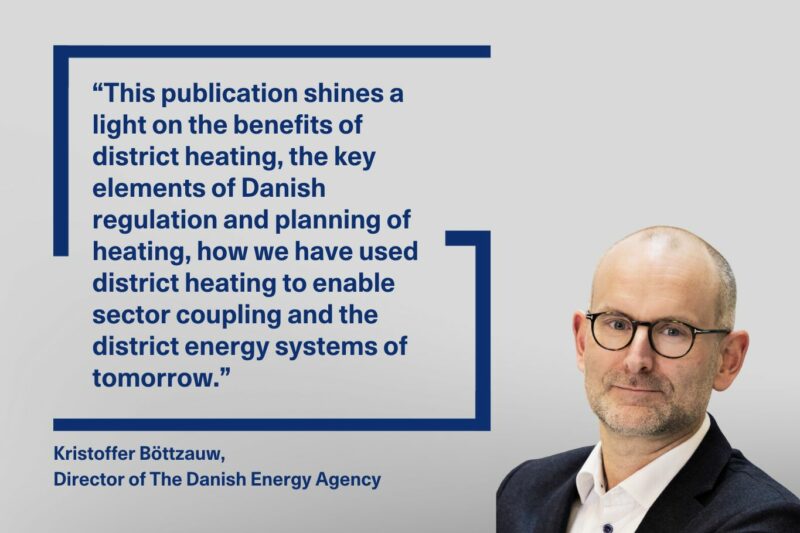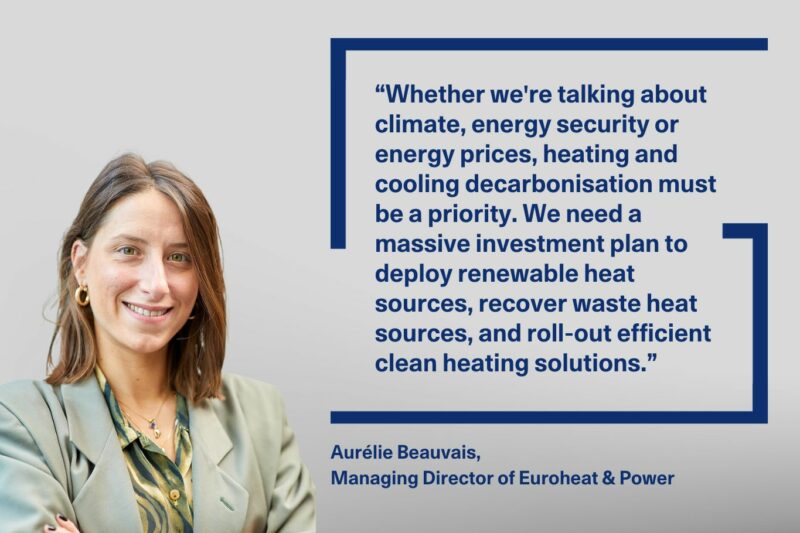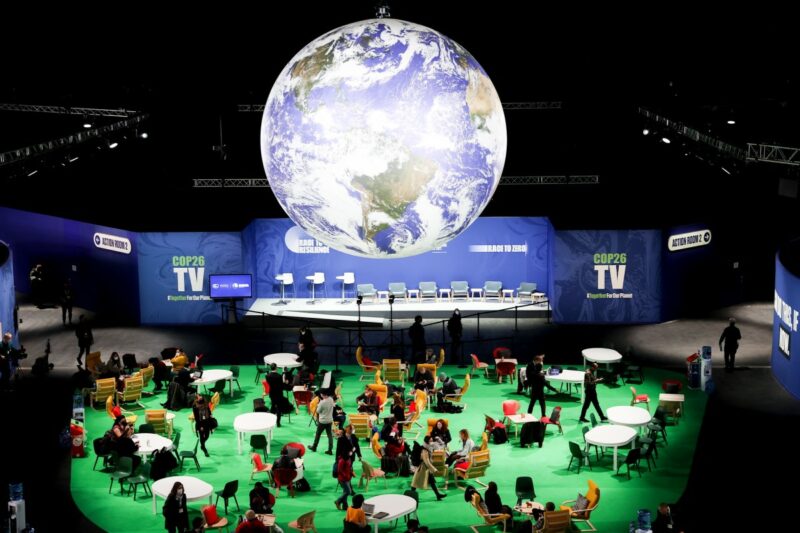Key takeaways:
Only got 2 minutes? These are the key takeaways:
Excess heat is the world’s largest untapped source of energy
In the EU alone, excess heat amounts to 2,860 TWh/y, almost corresponding to the EU’s total energy demand for heat and hot water in residential and service sector buildings. Much of this excess heat could instead be captured and reused.
The solutions already exist
Heat recovery technologies exist that can use excess heat from industries, wastewater facilities, data centers, supermarkets, metro stations and commercial buildings. Excess heat can be reused to supply a factory with heat and warm water or exported to neighbouring homes and industries through a district energy system. This paper presents concrete policy measures to accelerate the use of excess heat across sectors, benefitting citizens and businesses with lower energy costs and accelerating the green transition.
Reusing excess heat is energy efficiency in its purest form
A global push for higher efficiency can help avoid almost 30 million barrels of oil per day (that corresponds to triple Russia’s average production in 2021) and 650 bcm of natural gas per year – around four times what the EU imported from Russia in 2021.
Discover the white paper
















